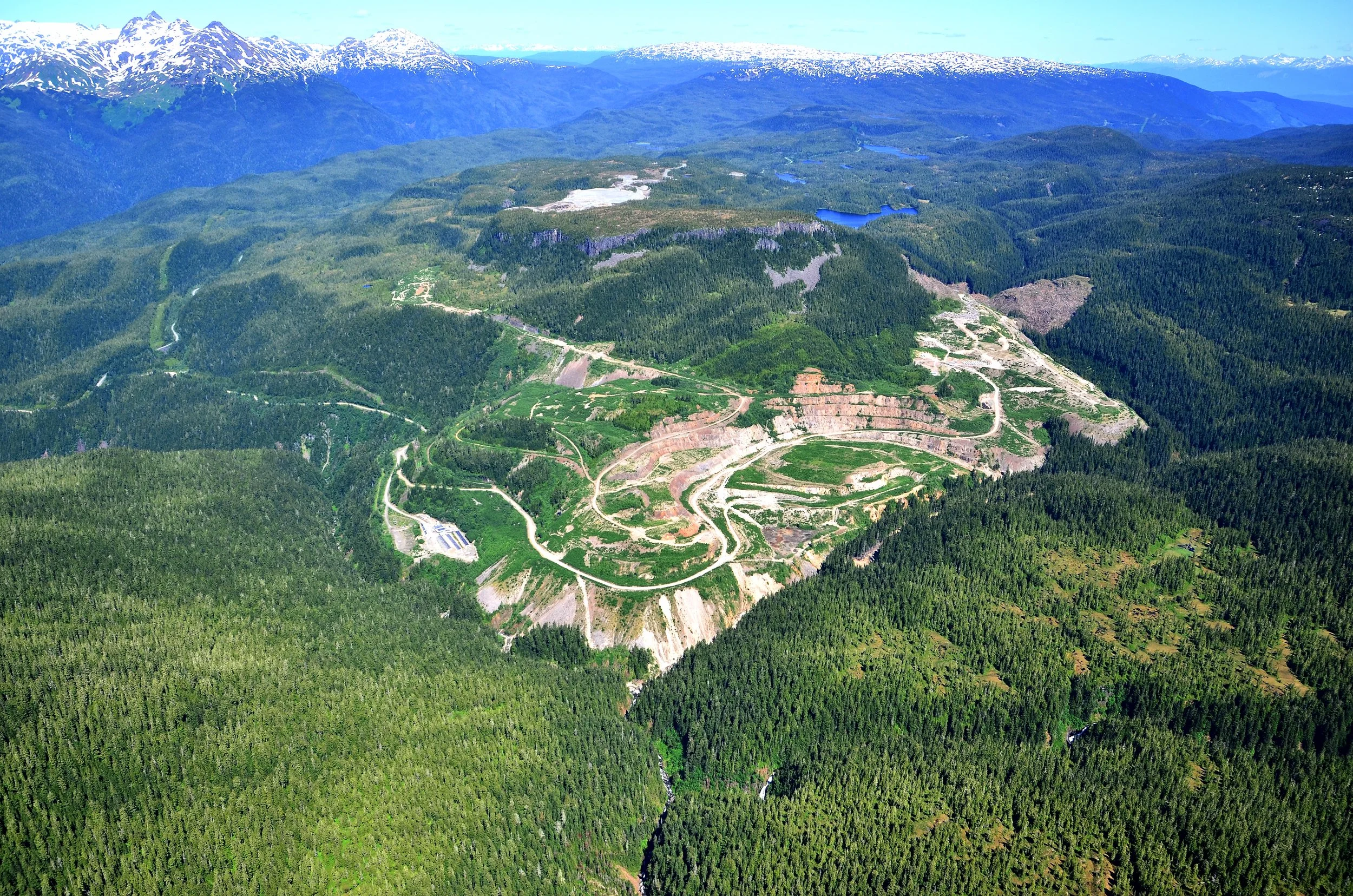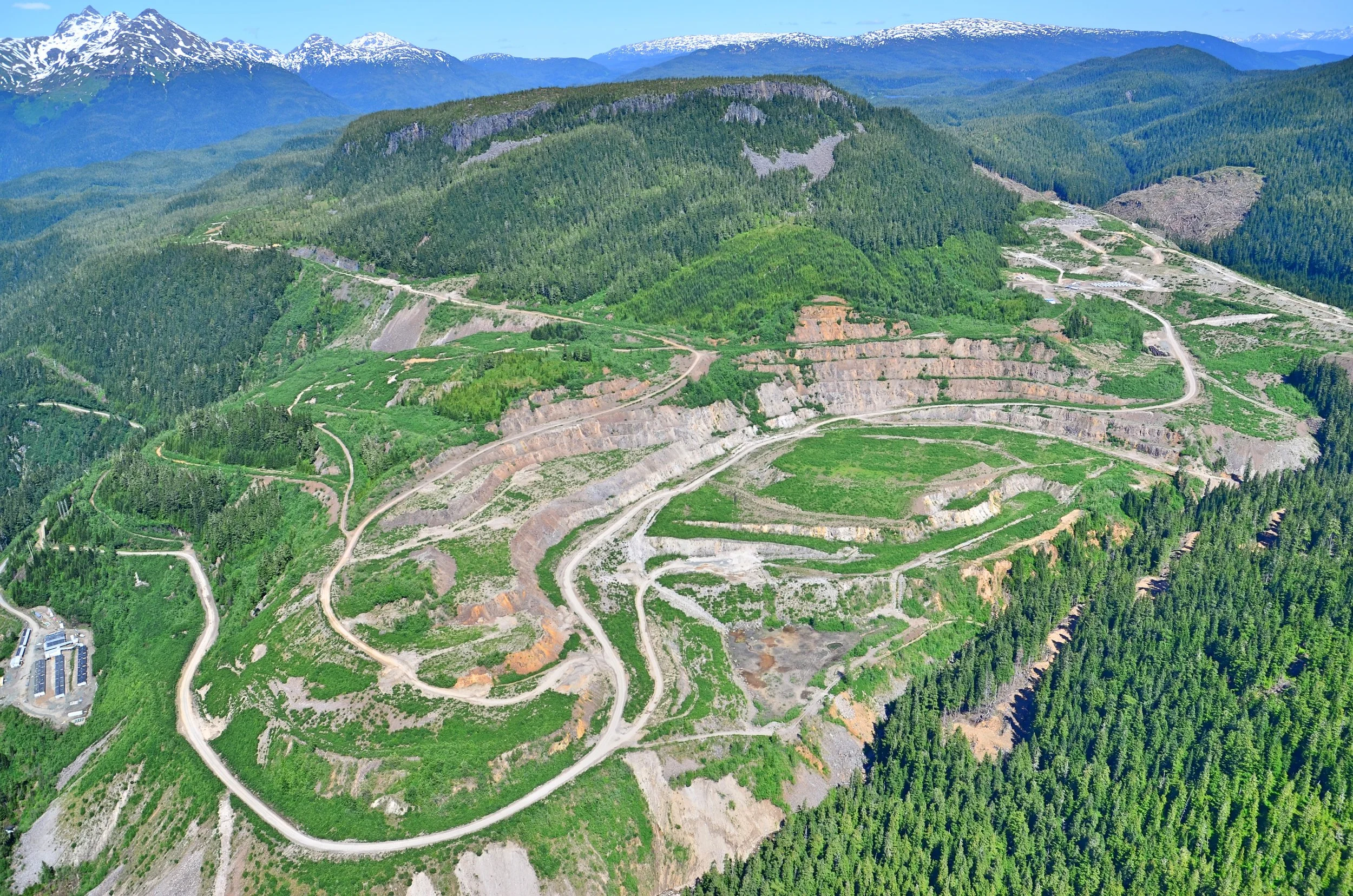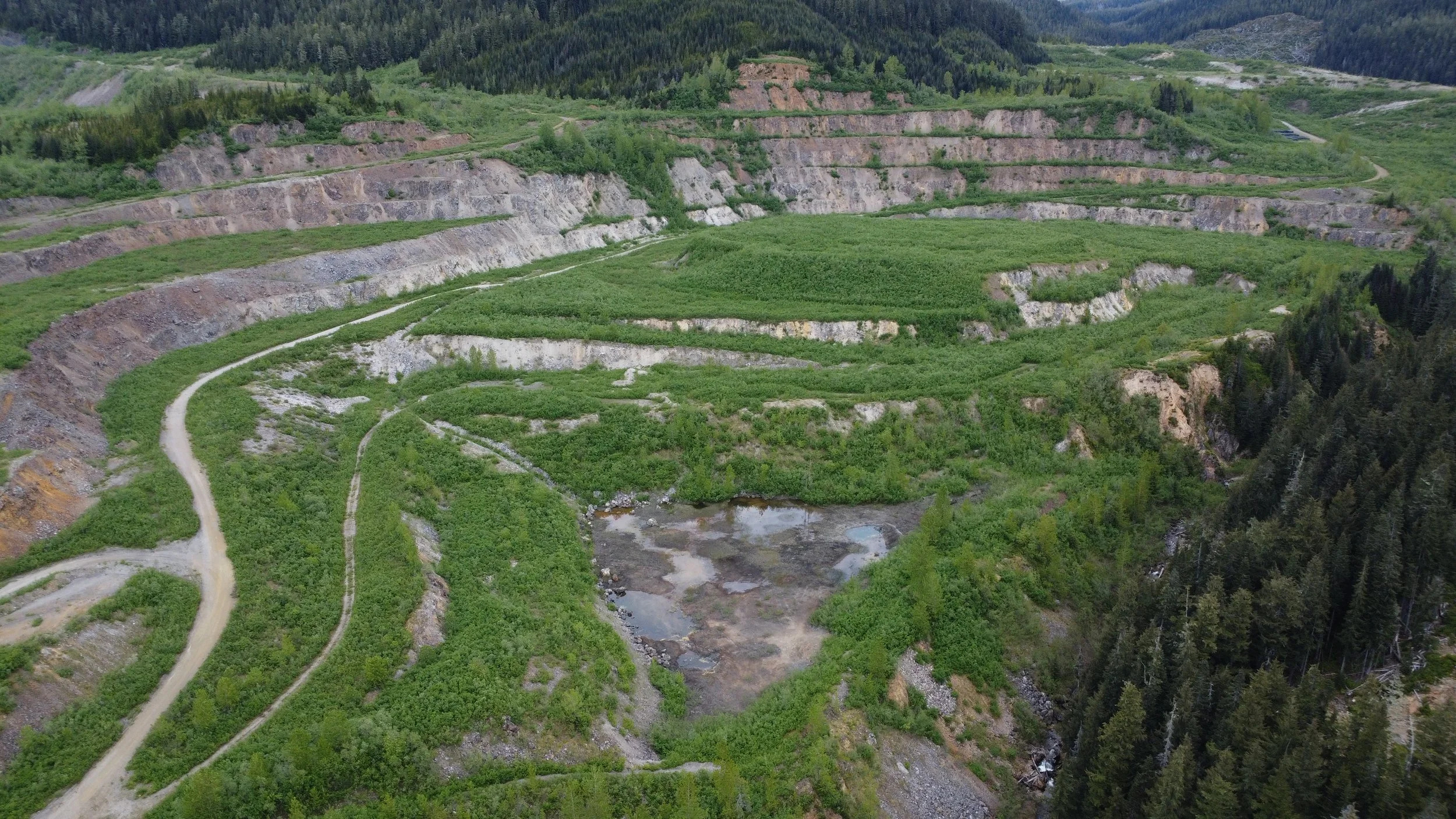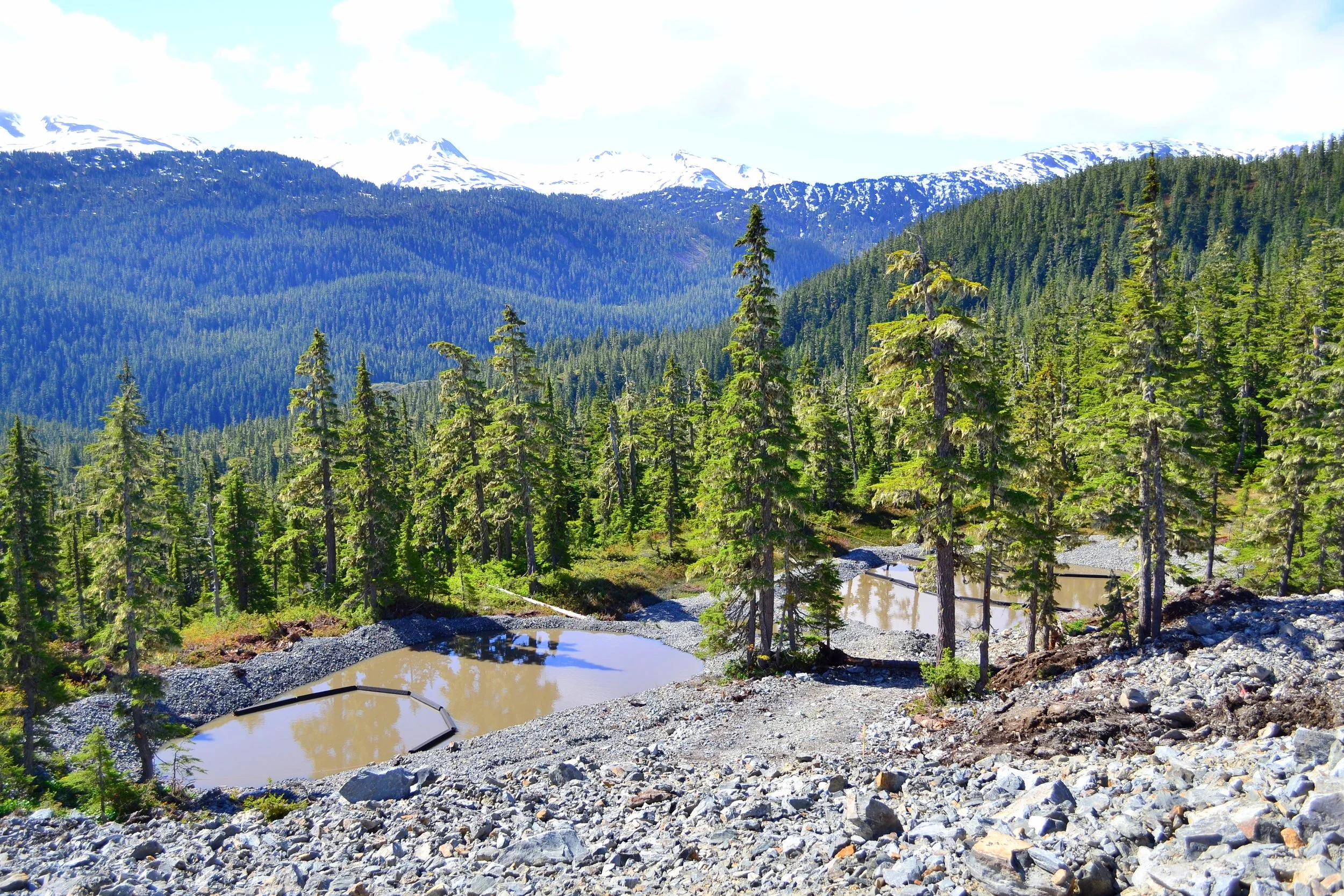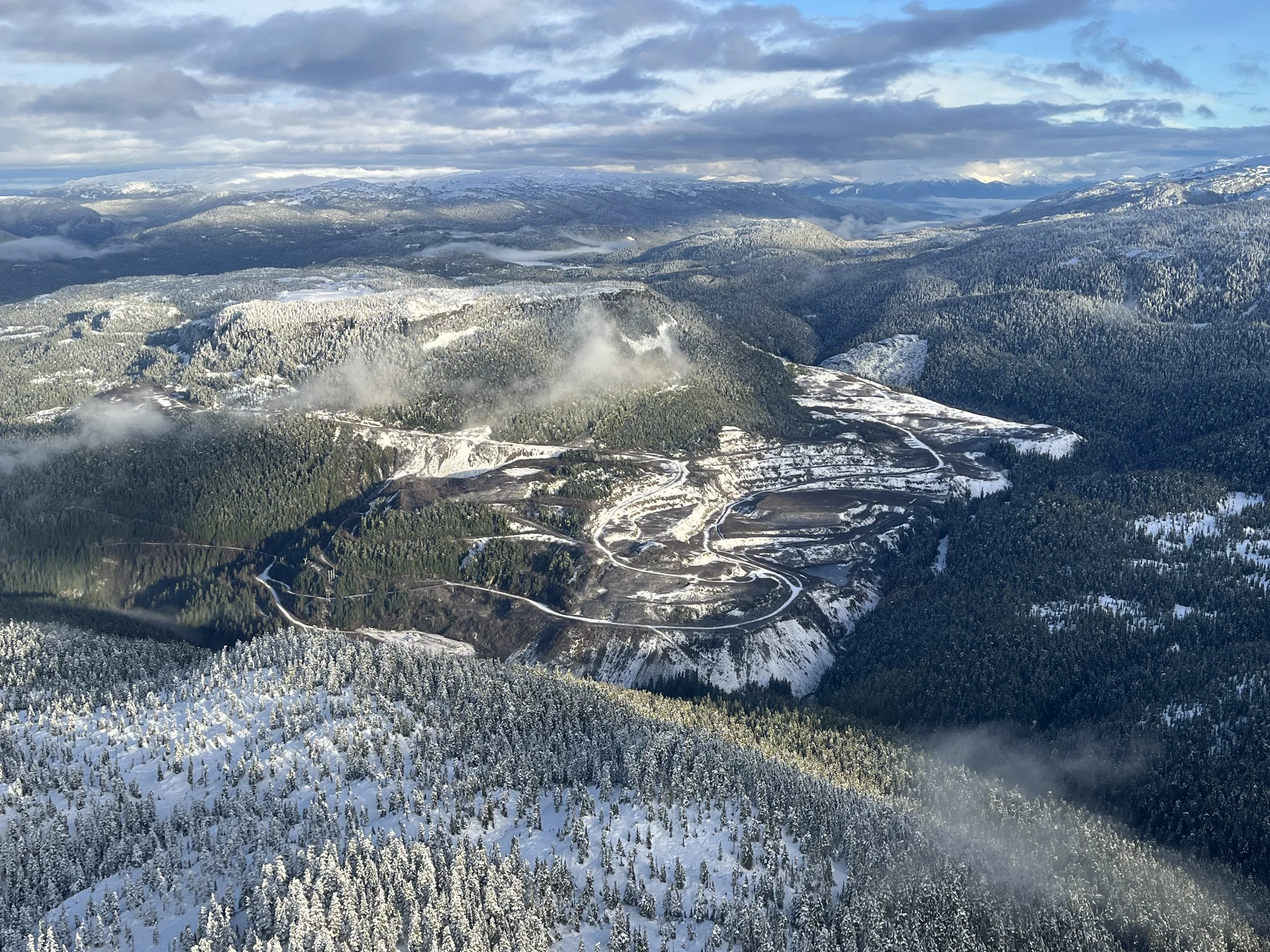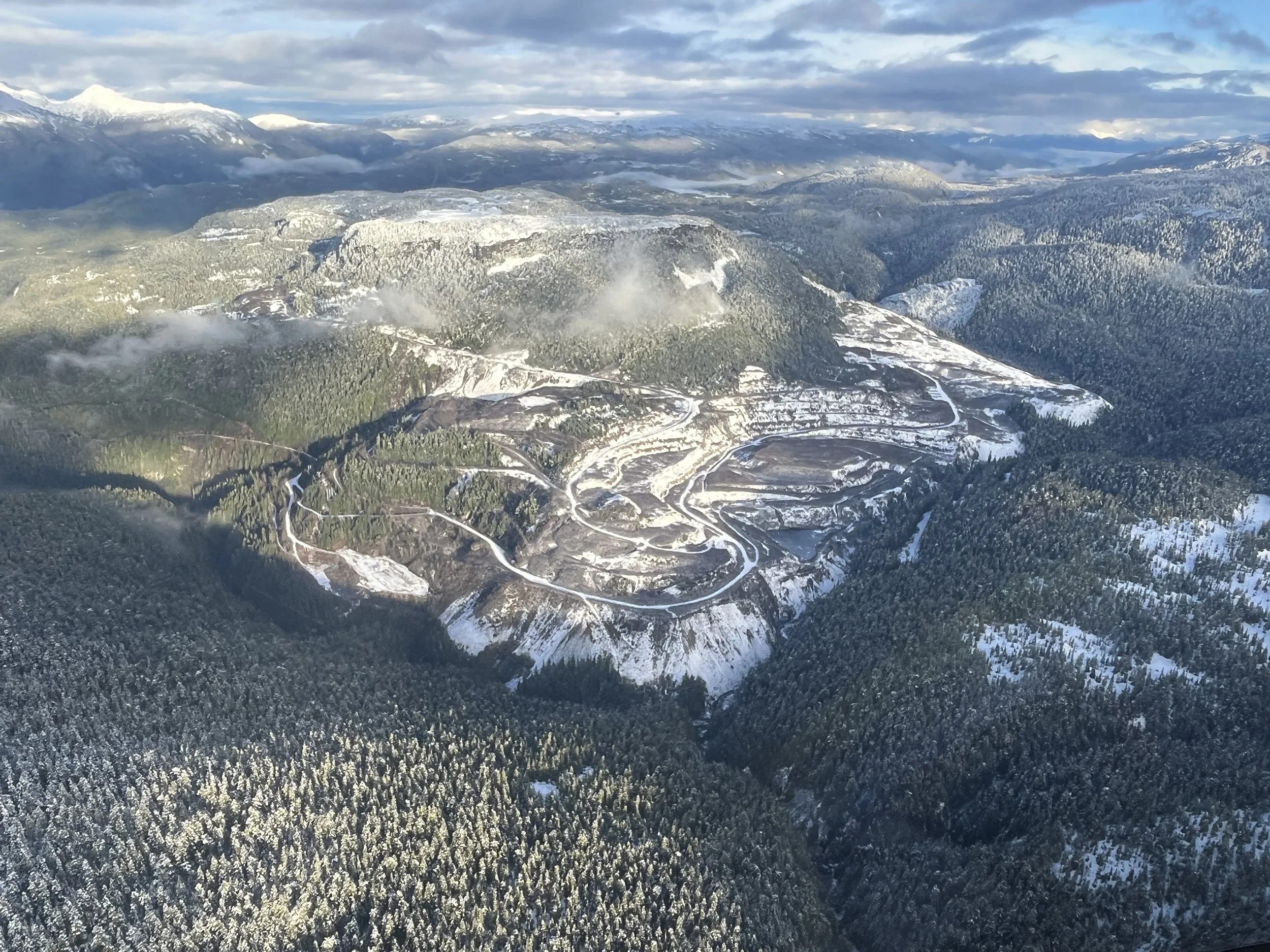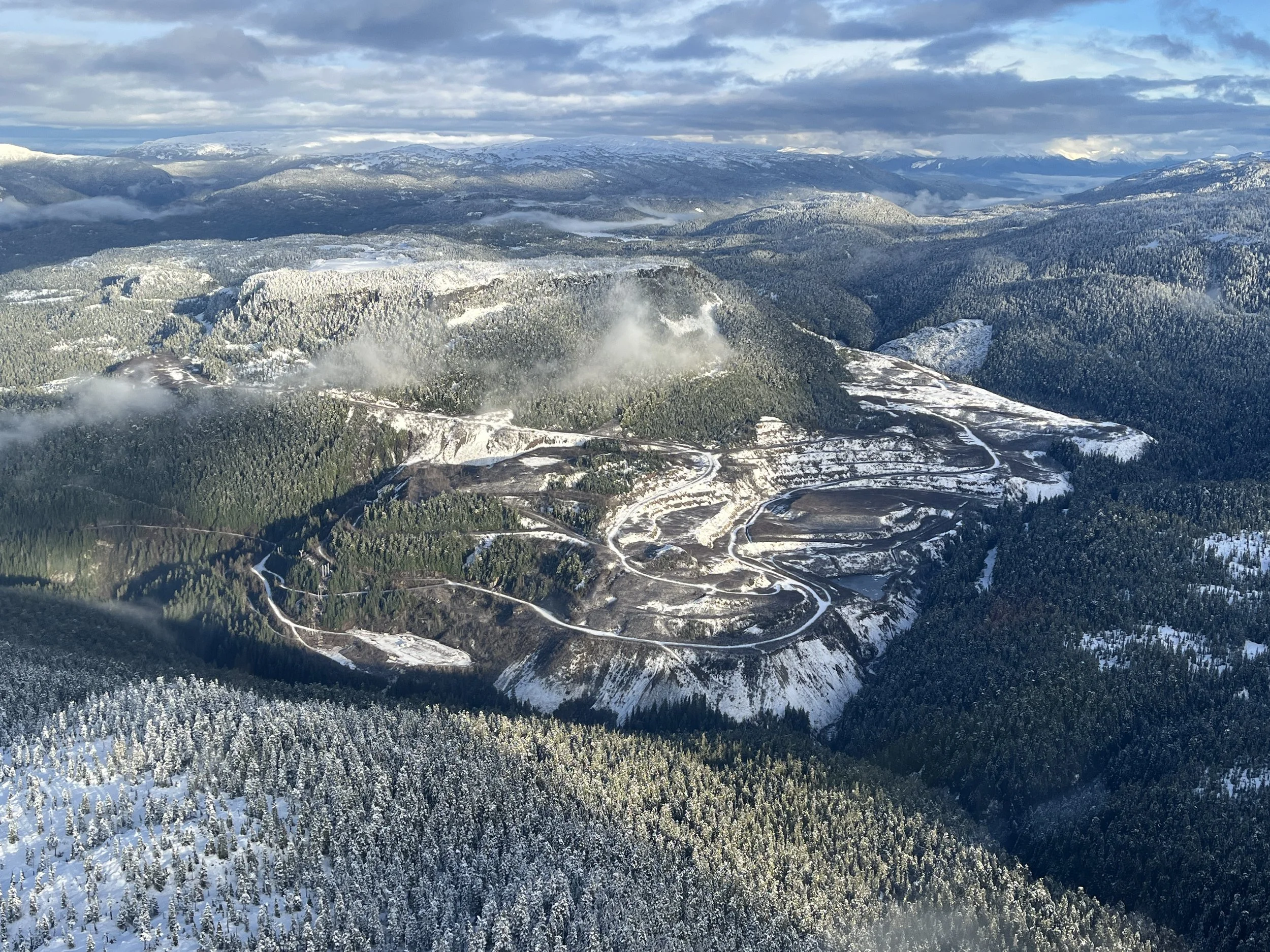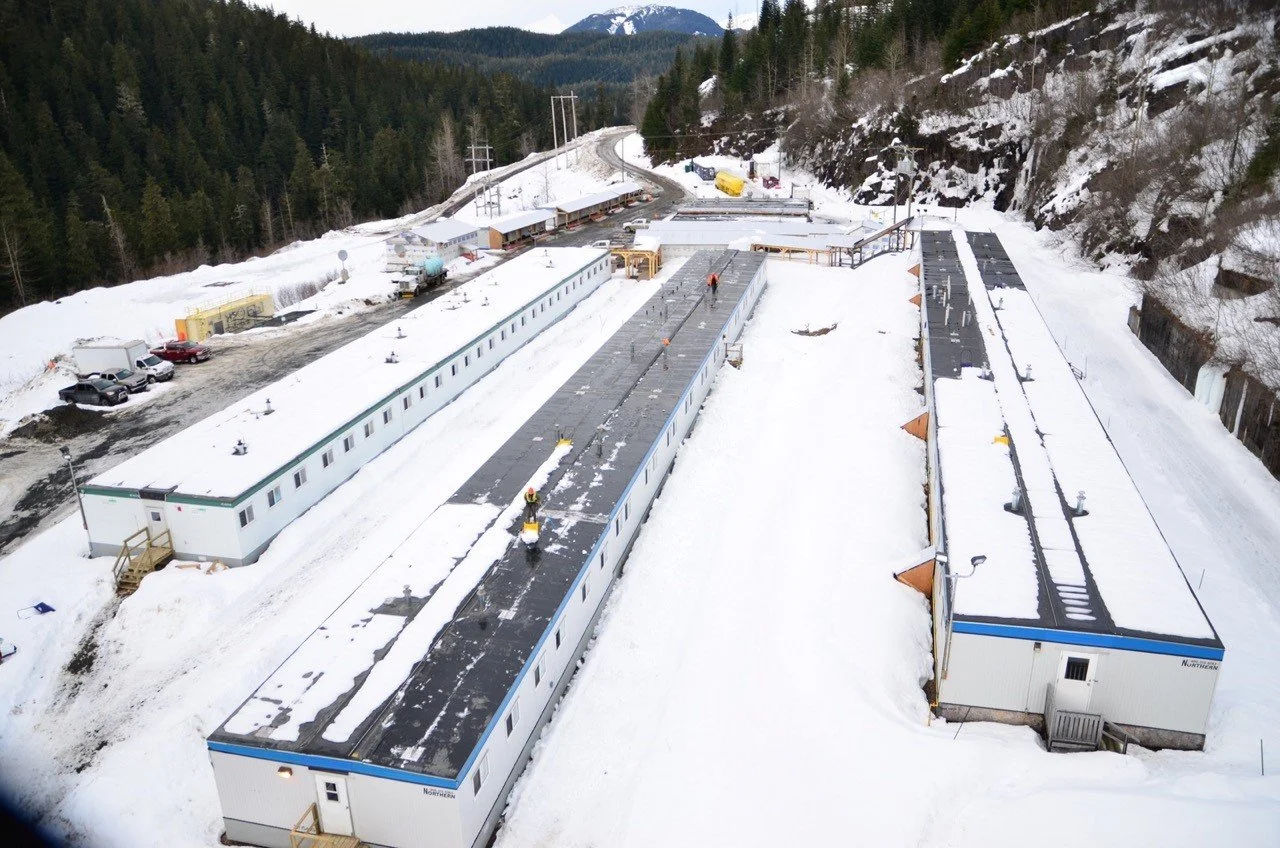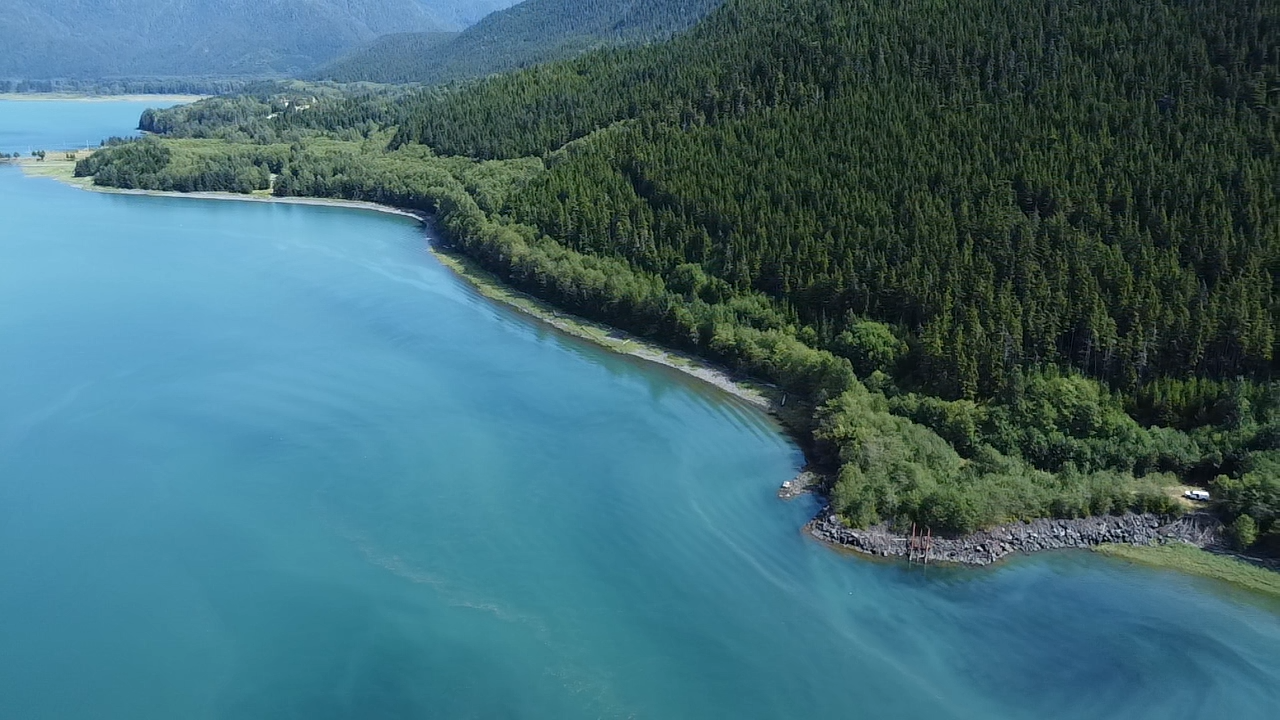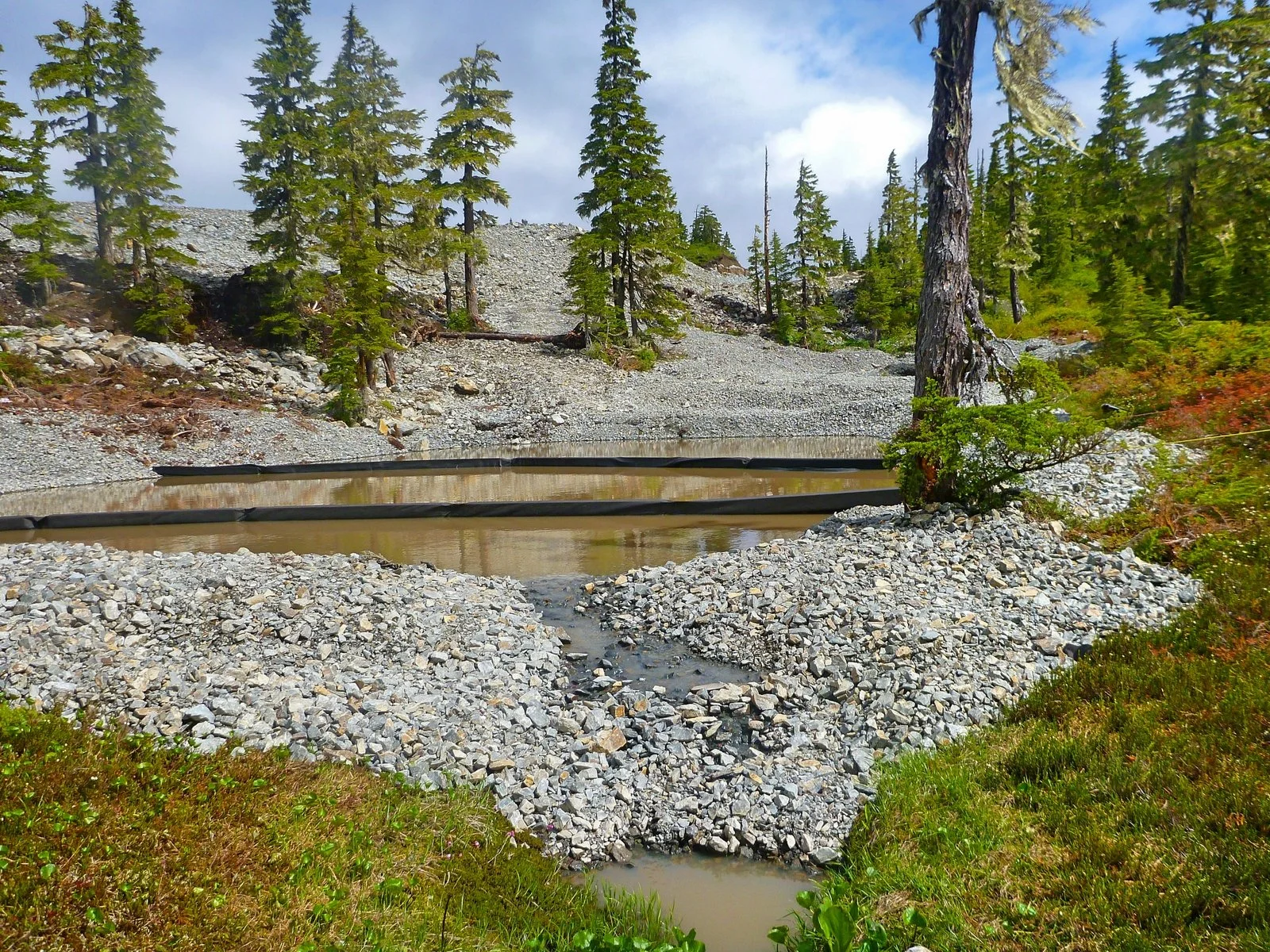
Kitsault Project - BC, Canada
A Key Asset in Canada's Critical Minerals Strategy
Located in Northwestern British Columbia near Prince Rupert and Terrace and 100% owned by New Moly, this advanced primary molybdenum project will position Canada as a world leader in the supply of this critical metal, essential for high-tensile steel, defence applications, and energy infrastructure (both conventional oil & gas and clean energy technologies).
Against the backdrop of declining North American molybdenum production and increasing geopolitical uncertainty, Kitsault is set to quadruple Canadian molybdenum output while bolstering the country’s critical minerals strategy.
With key permits in place, an agreed Cooperation and Benefits Agreement with the Nisga’a Nation, and over $200 million invested to date, the project will drive economic growth through sustainability, Indigenous partnerships, economic reconciliation, and resource efficiency.
Location
Kitsault sits at the eastern end of Alice Arm, an inlet of the Pacific Ocean, with direct all season seaborne access. It is located 140km northeast of Prince Rupert in the Regional District of Kitimat-Stikine, adjacent to Nisga’a Lands border and at the southern edge of BC's famed Golden Triangle, an area celebrated for its rich mineral potential.
The project benefits from proximity to existing infrastructure, including a BC Hydro transmission line, large energy projects (hydro and LNG), and planned road upgrades, as well as seaborne barging access through our marine facility. This seaborne gateway will not only reduce transport costs and CO2 emissions, but also unlock further development opportunities in the region.
By leveraging its strategic location, Kitsault can trigger a ripple effect of regional growth, benefitting local communities and other mining projects in Northwestern BC.
Geology
The Alice Arm intrusive-hosted molybdenum deposits are part of a suite of porphyry molybdenum deposits in the North American cordillera that are classed as low-fluorine stockwork molybdenite deposits. The Kitsault deposit is defined by a hollow, steeply-dipping, annular, cylindrical body that is well-developed on three sides of the margins of the central Lime Creek Intrusive Complex. There is further prospectivity on the property, with known nearby molybdenum satellite deposits (Roundy Creek and Bell Moly deposits) that are not captured in the current project’s mineral resource.
Project Status
Kitsault is one of the most advanced critical minerals projects in British Columbia, enjoying strong governmental support at both provincial and federal levels. With its Cooperation and Benefits Agreement already in place with the Nisga’a Nation, the project is on track to advance rapidly towards production.
New Moly recently completed an updated Pre-Feasibility Study (PFS), focused on incorporating a cost-effective marine facility, a modern tailings management facility and evaluating hydroelectric infrastructure upgrades. When combined, the use of marine transportation and hydro power will make Kitsault one of the lowest carbon molybdenum projects in the world. With the PFS recently completed, Kitsault is positioned to move quickly through full feasibility towards a final investment decision in the near future.




